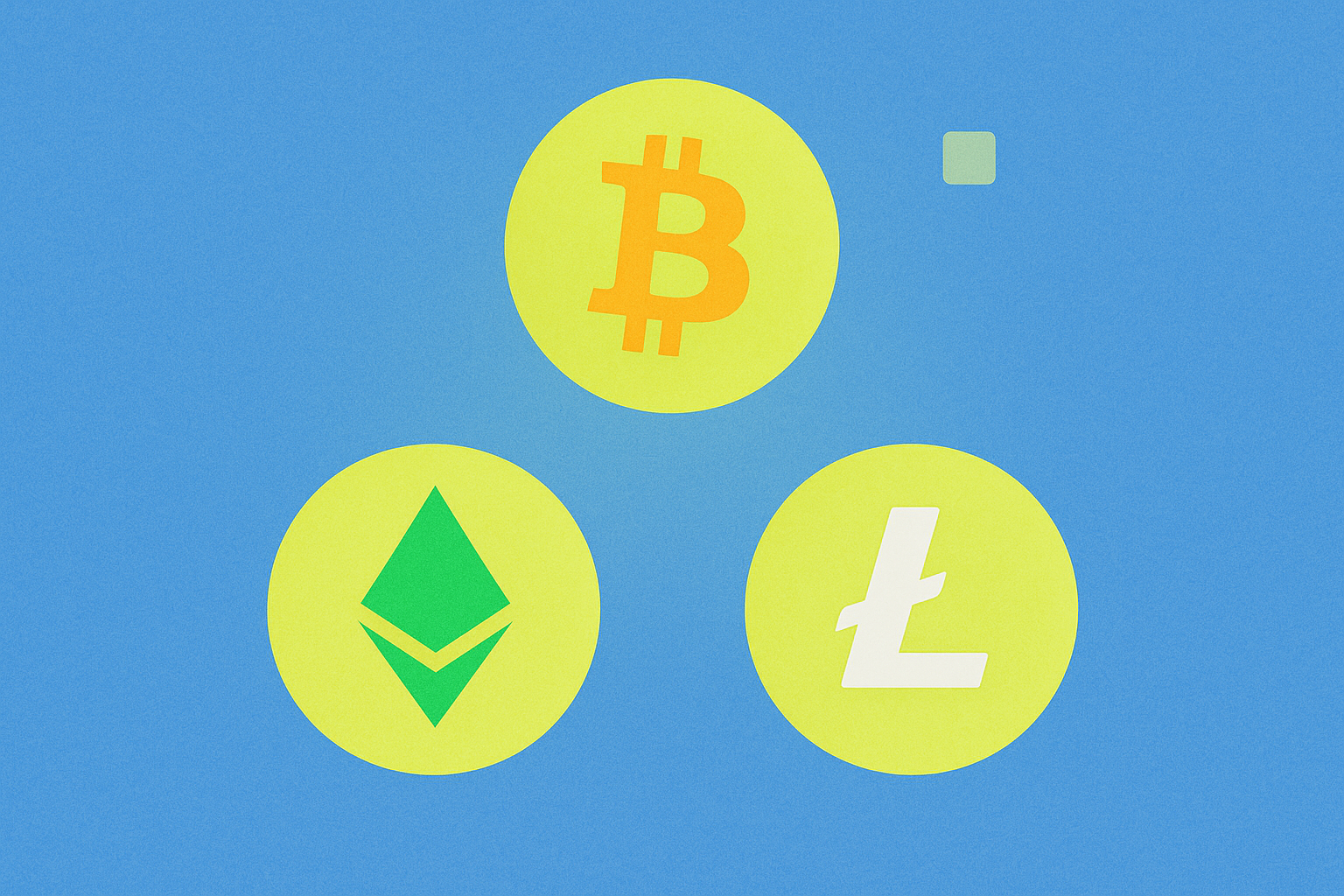YAKINDA: Ethereum Rollup Manzarasını Yeniden Şekillendiren Modüler Bir Öncü


Ethereum artık SVM'yi dışlamıyor, SOON bütünleşik paradigma sunuyor
Geçmişte, SVM'ın Solana'nın benzersiz kapalı döngü sistemi olarak kabul edildiği ve Ethereum EVM ekosisteminden ayrıldığı düşünülüyordu. Ancak, SOON'un yeniliği, SVM'ı ayırma ve Ethereum üzerinde paralel bir yürütme katmanı olarak paketleme yeteneğinde yatar; bu da EVM dünyasının SVM performansını gerçek anlamda ilk kez "yerleştirmesine" olanak tanır.
Bu füzyon paradigmayı oluşturur:
- EVM projesi, Solana'nın paralel yürütme yeteneklerini kullanarak çekirdek modülleri hızlandırabilir;
- Solana geliştiricileri, Solidity'ye yeniden uyum sağlamaya gerek kalmadan Ethereum kullanıcılarına genişletebilirler;
- Çoklu zincir protokoller arasındaki etkileşim, varlıkları ve durumları senkronize etmek için standart arabirimler aracılığıyla gerçekleştirilir, köprüleme güvenlik risklerini azaltır.
SOON'un tasarımı aslında çoklu sanal makine işbirliği için pratik bir yol sunar ve Modüler Rollup'ın temsilci 'heterojen motor'u haline gelir.
Geliştirici odaklı Rollup: Dağıtım, iletişim ve ölçeklenebilirlik, hepsi bir arada
SOON sadece bir ana ağ oluşturmuyor, aynı zamanda geliştiricilere farklı senaryolara göre modülleri esnek bir şekilde birleştirmelerine olanak tanıyan SOON Stack adlı bir araç zinciri başlatıyor.
- Yürütme katmanı: gelecekte desteklenecek olan SVM veya Move VM'yi seçin;
- Veri erişilebilirliği: Celestia, EigenDA, Avail ve diğer DA katmanlarına bağlanın;
- Uzlaşma katmanı: varsayılan Ethereum ana ağı, ayrıca BNB, Polygon, TON'a genişletilebilir;
- İletişim Protokolü: Entegre edilmiş kendi geliştirdiği çapraz zincir çerçevesi InterSOON.
Bu modüler çözülme, SOON'u tek bir zincir projesi yerine bir Katman2 inşaat platformu haline getiriyor, OP Stack ve ZK Stack'a benzer temel mantıkla, ancak heterojen destek ve paralel hesaplama yeteneklerine daha fazla vurgu yaparak.
NFT Finansman Mekanizması: Sermaye Gücünün Yeniden İnşası
Geleneksel VC destekli finansmanla karşılaştırıldığında, SOON, "kullanıcıları pay sahipleri olarak" kabul eden bir topluluk finansman mekanizmasını savunuyor.
- Proje hava damlalarını kamu zincir vakfına dağıtmadı;
- Herhangi bir genel jeton satışı yapılmadı;
- Tüm topluluk fon toplama işlemleri, on-chain kimlikler ve katkılarla ilişkilendirilmiş işlevsel NFT'ler aracılığıyla tamamlanmaktadır.
Bu mekanizma sadece kullanıcının katılım eşiğini artırmakla kalmaz (örneğin, farklı kilitlenme süreleri farklı seviyelerde), aynı zamanda havadan para avcılarının ve spekülatif satıcıların olasılığını da etkili bir şekilde azaltır. SOON, boğa piyasasının erken aşamalarında topluluk fiyatlandırmasını tamamlayan az sayıdaki projelerden biridir ve 'yerel topluluk' ekolojik bir hendek haline gelebilir.
SVM'nin modüler rekabeti kızışıyor, SOON nasıl öncülük edecek?
2025 yılından bu yana, birçok modüler proje, SVM yürütme ortamını tanıtmak için yarışıyor:

Bu 'Modüler Rollup Sanal Makine Savaşı'nda, SOON'un benzersiz avantajı şöyle:
- Teknoloji yığını kendini kontrol edebilir, tamamen Solana veya Cosmos'a bağlı değildir;
- Platform bağlama kaçınmak için birden çok DA katmanıyla açık entegrasyon işbirliğini sürdürün;
- NFT finansman toplulukları daha sadıktır, yönetim başarısızlık risklerini azaltır;
- Kendi geliştirdiği çapraz zincir protokolü InterSOON, gerçekten güvenilir bir köprü oluşturuyor.
Potansiyel Zorluk: Kısa Vadeli Sermaye Yapısı VS Uzun Vadeli Ekolojik İnşaat
SOON modunun yenilikçi doğası rağmen, hala birkaç pratik zorlukla karşı karşıya.
- Tokenlar ana ağ devreye girmeden henüz serbest bırakılmadı, merkezi kilidin riski var;
- Birden fazla modül arasında yüksek koordinasyon zorluğu, geliştiriciler hala dik bir öğrenme eğrisi ile karşı karşıya;
- SVM modül ekosistemi, araçların ve belgelerin olgunluğu tarafından hala sınırlıdır;
- OP Stack ve ZK Stack ile karşılaştırıldığında standartlaşma oldukça düşüktür, bu da iş birlikçi gelişimi etkiler.
Ayrıca, gelecekte, EigenLayer, Celestia ve diğer DA katmanları kendileri mainnet Rollups başlatırsa veya zkSync, Base vb. ile özel ittifaklar oluştururlarsa, bu SOON'un yapılandırılabilirlik alanını daraltabilir.
Görünüm: SOON, modüler Rollup için standart belirleyici mi yoksa izole bir ada mı?
SOON, geliştirici odaklı bir şekilde Layer2 dünya düzenini yeniden inşa etmeye çalışıyor, sermayenin üzerinde inşaatçıları yerleştiriyor ve cross-chain etkileşimini temel mantık olarak görüyor. Ana ağda canlı hale geldikten sonra cross-chain varlık ve geliştirici ağı kurabilirse, modeli oldukça ölçeklenebilir ve çoğaltılabilir olacak.
Ancak, token kilidini açma, ikincil bir pazar etkisi yaratırsa veya birden fazla modül arasında istikrarlı bir işleyiş sağlanamazsa, SOON'un 'modüler ütopya'sı da parçalanmış bir yönetim başarısızlığı örneği haline gelebilir.
SOON şimdi Gate ön pazar ticaret pazarında canlı, ayrıntıları görüntülemek için tıklayın:https://www.gate.com/tr/pre-market/SOON
Not: Piyasa öncesi işlemlerde daha yüksek bir risk vardır, lütfen dikkatli bir şekilde katılın.

Piyasa Öncesi Kapsamlı Kılavuz: Piyasa Öncesi Bilgiler Nasıl Ticaret Planınızı Geliştirmenize Yardımcı Olabilir

Piyasa Nabzını Açığa Çıkarmak: Piyasa Öncesi Verilerin Arkasındaki Sırlar ve Analiz

Fırsatı Kucaklayın: Piyasa Trendleri ve Yatırım Stratejileri için Piyasa Tahminleri

2025'te NXPC Fiyat Analizi ve Piyasa Trendleri

Blum Başlangıç Tarihi Açıklandı

Sophon (SOPH) Fiyat Analizi: 2030 Volatilite Tahmini ve Piyasa Trendleri

Dropee Günlük Kombinasyonu 9 Aralık 2025

Tomarket Günlük Kombinasyonu 9 Aralık 2025

Web3 Dünyasında Gerçek Varlıkların Tokenleştirilmesi Fırsatlarını Keşfedin

Lüks tutkunlarına özel, yat konseptli NFT koleksiyonlarını keşfedin

Verimli Kripto Musluk Yönetimi İçin En İyi Araçlar





